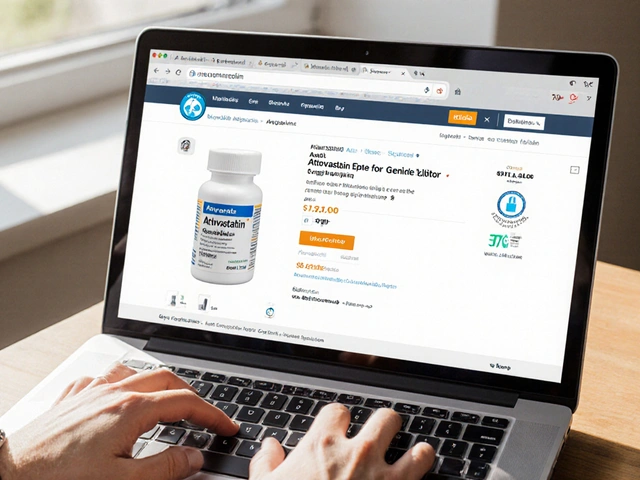Diuretics 2024: What They Do, Risks & Where to Save
If you’ve been told to take a water pill, you’re looking at a diuretic. These meds push extra fluid out of your body, easing pressure on the heart and lowering blood pressure. In 2024 the most prescribed diuretics still fall into three families, each with its own sweet spot. Knowing which one fits your condition can save you headaches, trips to the doctor, and unnecessary spending.
How Diuretics Work
Diuretics act on the kidneys. They either stop sodium from being re‑absorbed or block a hormone that tells the kidneys to hold onto water. When sodium stays in the urine, water follows, and you pee more. That drop in fluid volume reduces the work your heart has to do and eases swelling in the legs or lungs. The effect shows up within a few hours for most pills, but the full benefit for blood‑pressure control may need a few days.
Choosing the Right Diuretic and Getting a Good Deal
There are three main types you’ll see on a prescription:
Thiazide diuretics (e.g., hydrochlorothiazide, chlorthalidone) are first‑line for high blood pressure. They’re cheap, work well for most adults, and have a low risk of severe electrolyte loss.
Loop diuretics (furosemide, bumetanide, torsemide) hit the kidney harder. Doctors reserve them for heart failure, severe edema, or kidney disease because they can drop potassium quickly.
Potassium‑sparing diuretics (spironolactone, triamterene) keep potassium levels steady. They’re added when thiazide or loop drugs push potassium too low, or used alone for conditions like primary aldosteronism.
When you get a new diuretic, ask your pharmacist about the dosage, how often to take it, and whether you need to check blood tests. Most side effects—dizziness, low potassium, or higher blood sugar—can be caught early with a simple lab workup.
Now for the money side. Many of these drugs are off‑patent, so generic versions cost under $10 a month. If you shop at reputable online pharmacies, you can compare prices in seconds. Look for sites that show a clear pharmacy license, a physical address, and a pharmacist‑reviewed product list. Avoid any seller that asks for payment via gift cards or untraceable methods.
To stretch your budget further, consider a 90‑day supply instead of a monthly refill. Most insurers and online stores give a 15‑20 % discount for bulk orders. If you have insurance, verify that the pharmacy is in‑network; a quick click on the pharmacy’s “price checker” tool can reveal huge savings.
Finally, keep an eye on seasonal promos. Many online pharmacies run “Heart Health” sales in January and “Summer Hydration” deals in June, offering coupons that cut another few dollars off your order. Sign up for a free newsletter from a trusted site to get those codes straight to your inbox.
In short, pick the diuretic that matches your condition, monitor labs, and shop smart. With the right drug and a good price, you’ll keep fluid in check without breaking the bank.

Top 7 2024 Lasix Alternatives for Edema and Hypertension Management
- By : Archer Hamilton
- Date : Oct 23 2024
Lasix is a popular diuretic for treating edema and hypertension, but there are several alternatives worth considering in 2024. Each alternative has its unique benefits and potential drawbacks, ranging from the effectiveness in congestive heart failure to the risk of electrolyte imbalances. Understanding these options, including Torsemide, Bumetanide, and others, helps patients make informed decisions about their treatment plans. It's essential to consult healthcare professionals for personalized advice and regular monitoring when on diuretics.





